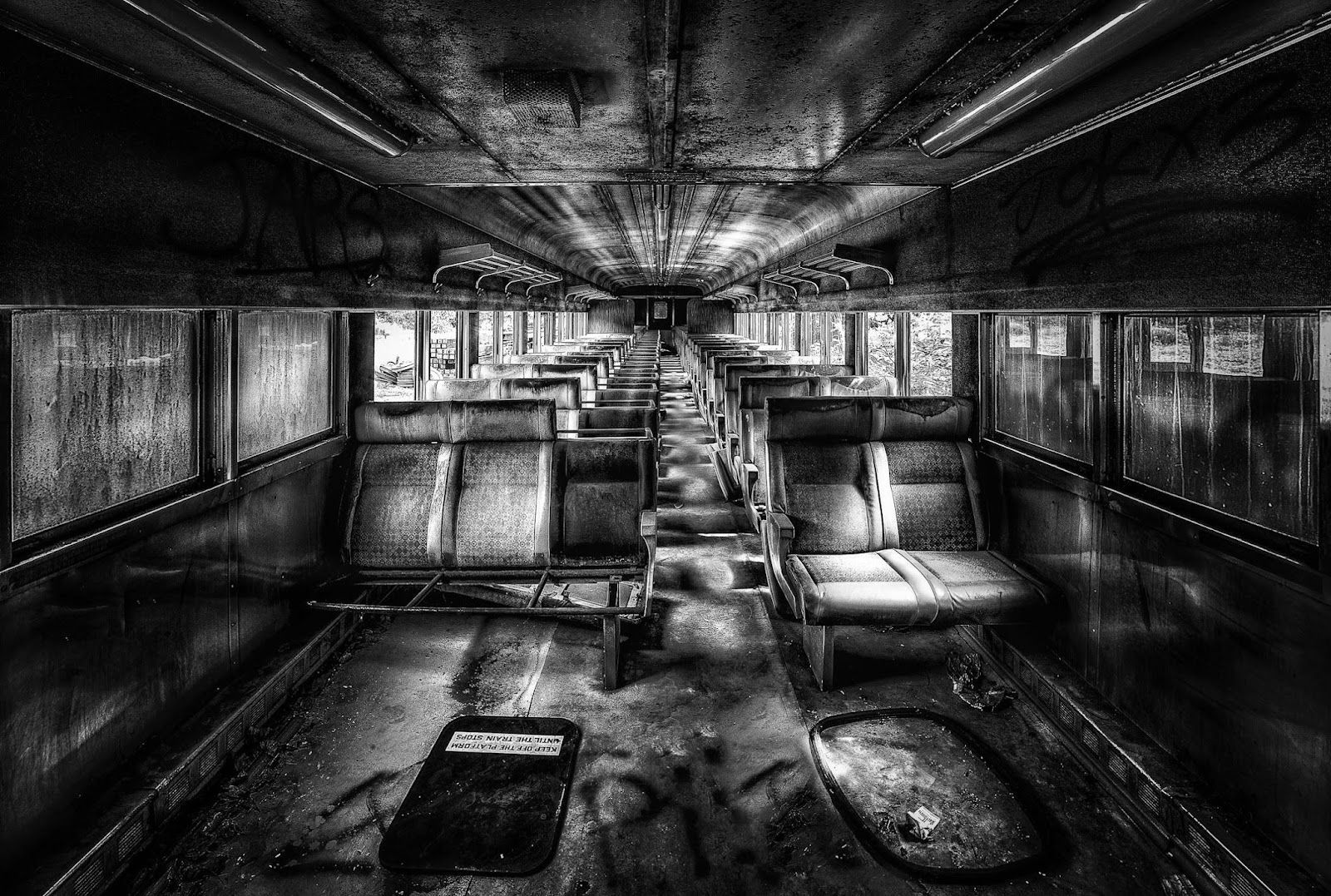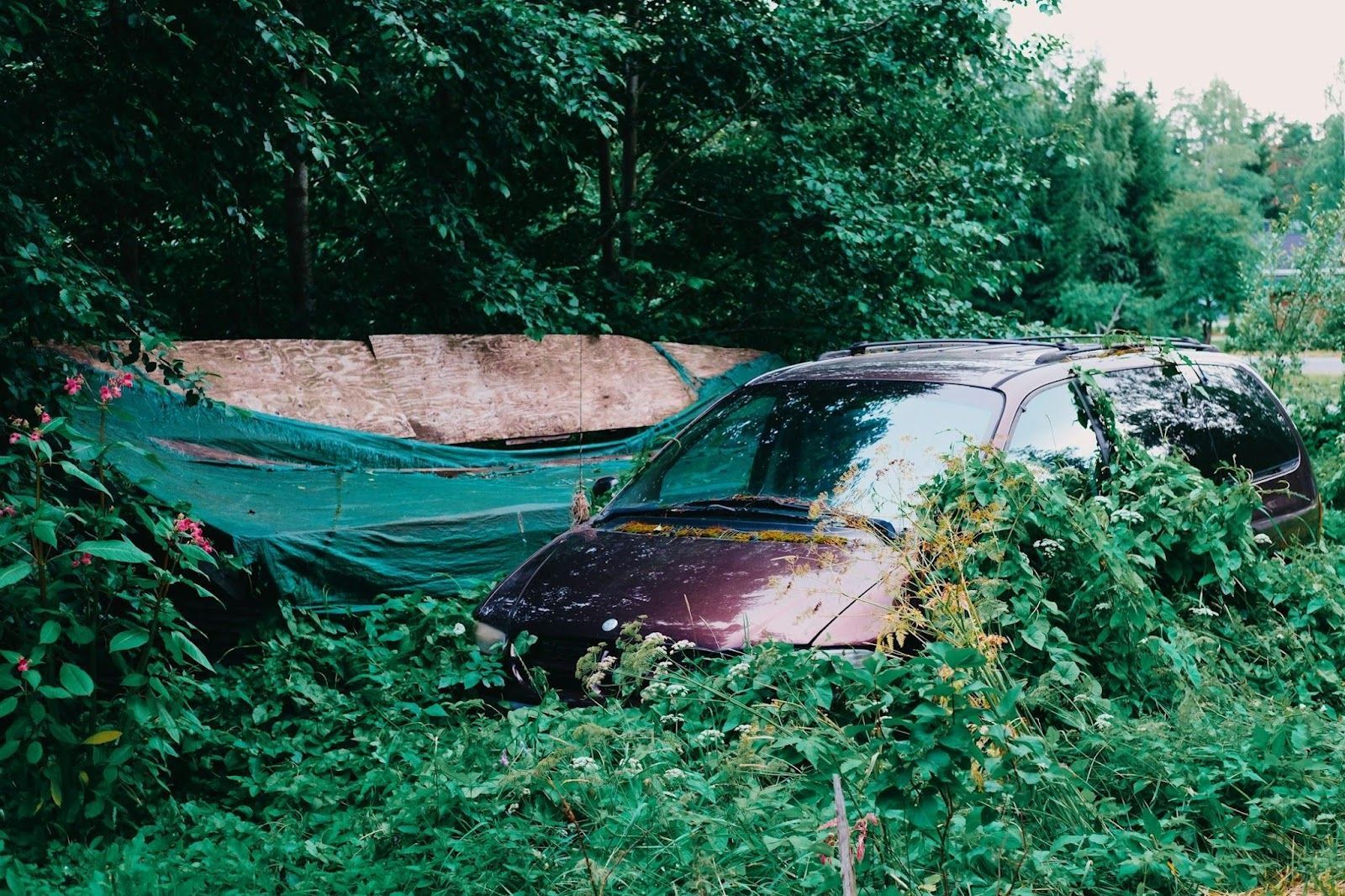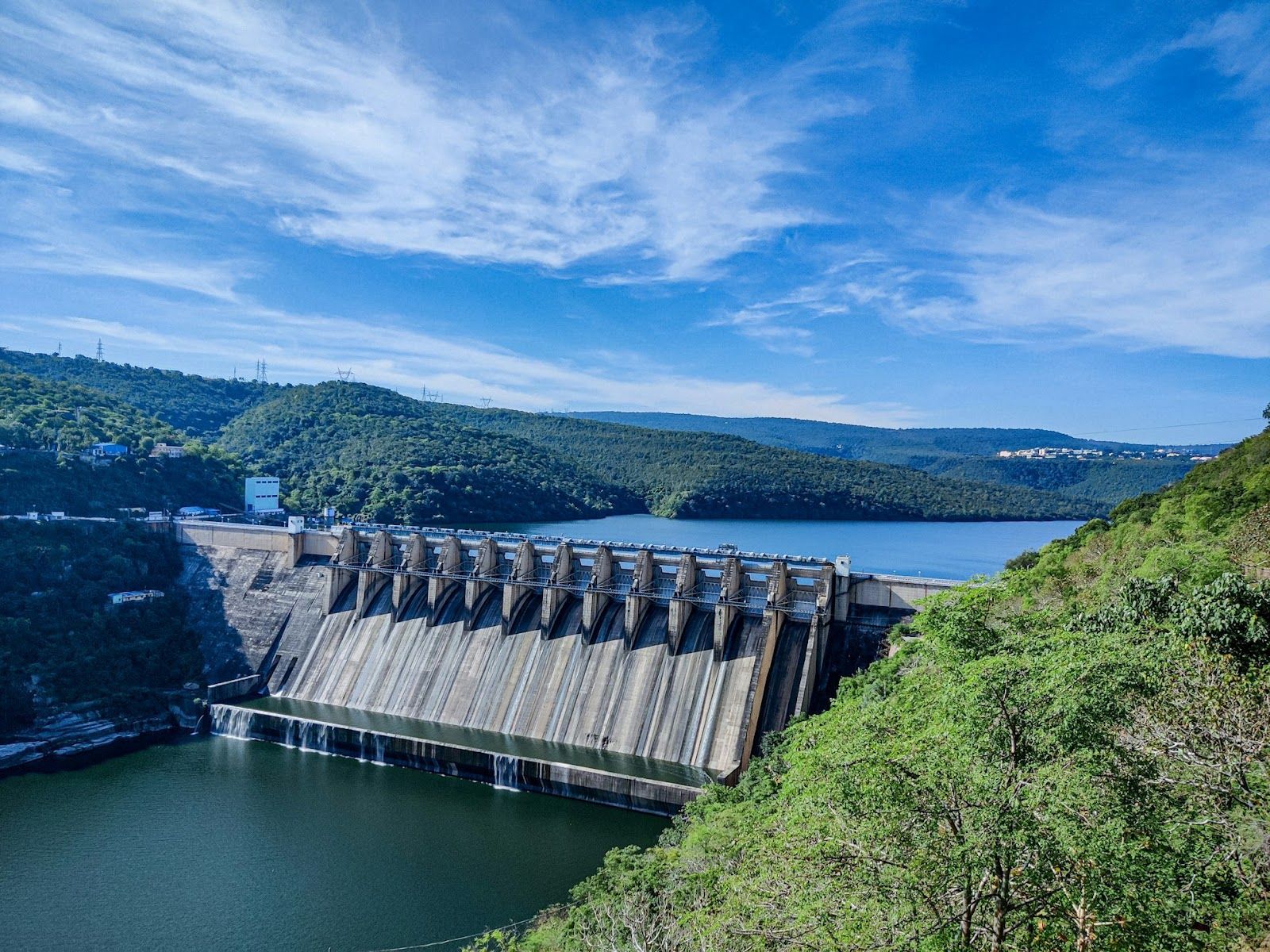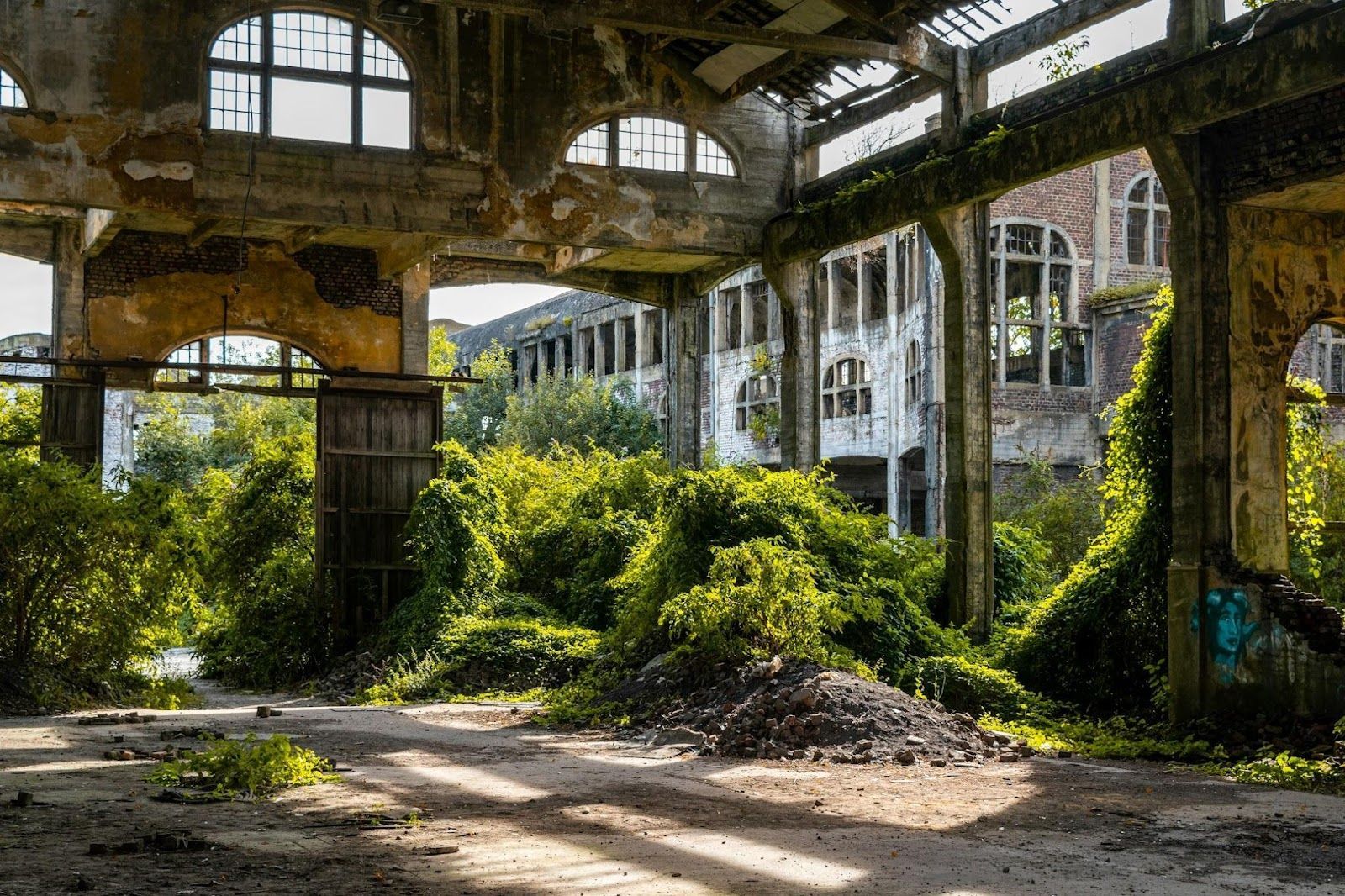What famous painting was stolen from the Louvre? 10 big heists exposed
Published on October 26, 2025
 Credit: Tima Miroshnichenko
Credit: Tima Miroshnichenko
People have always been drawn to stories of the impossible, and few tales spark more fascination than a daring heist. There’s something thrilling about the idea of guards, locks, and vaults being outwitted by clever minds with even stranger plans. Sometimes it’s a priceless masterpiece disappearing in broad daylight, other times it’s something as unexpected as maple syrup. From the ingenious to the downright bizarre, history is filled with thefts that sound more like adventure novels than real life. Let’s step into the shadows and explore some of the most astonishing heists ever carried out.
The disappearance of Mona Lisa
 Credit: The Free Birds
Credit: The Free Birds
Before she became the ultimate symbol of art itself, the Mona Lisa pulled off a vanishing act worthy of a magician. In 1911, a sneaky handyman slipped into the Louvre, spent the night hidden among the galleries, and the next morning walked out with Leonardo’s masterpiece tucked under his arm.
Paris was stunned. For two long years, all that remained was a blank space on the wall—and strangely enough, people flocked to the museum just to stare at the absence. When the painting finally resurfaced, the heist had transformed it from a celebrated portrait into a global icon, proving that sometimes disappearing from the public eye can make something even more valuable.
Antwerp diamond heist
 Credit: Prahant Designing Studio
Credit: Prahant Designing Studio
In the heart of Antwerp’s diamond district in Belgium sat a vault so secure it was considered untouchable. Motion detectors, magnetic locks, heat sensors—every layer was designed like a fortress of light and steel. Yet in 2003, a band of thieves slipped past it all as if stepping through lace.
The robbers picked the locks with surgical precision, tricked cameras with clever decoys, and even masked their body heat to fool the sensors. By the time the heist was discovered, more than $100 million in diamonds and jewels had vanished into the night. What makes the story legendary is that most of the treasure has never resurfaced, leaving the world to wonder how the "heist of the century" was pulled off so cleanly.
The Great Train Robbery of 1963
 Credit: Tanya Barrow
Credit: Tanya Barrow
Picture this: a moonlit night in the quiet English countryside, the steady rhythm of a Royal Mail train echoing through the dark. Suddenly, the train screeches to a halt—robbers in masks have stopped it dead in its tracks. Inside, sacks stuffed with banknotes are waiting to be claimed. The gang managed to escape with £2.6 million—worth about £73.7 million today—, a sum that was never recovered.
Although they were captured a short time later, the audacity of the crime captured the world’s imagination, inspiring headlines, numerous books, and films. Even decades later, the Great Train Robbery of 1963 feels less like history and more like the plot of a thrilling adventure novel.
D. B. Cooper and the missing ransom
 Credit: Jamie Davies
Credit: Jamie Davies
High above the clouds, a mystery took flight. In 1971, a calm, neatly dressed passenger who gave the name D. B. Cooper handed a note to a flight attendant—he was hijacking the plane. His demands were unusual yet precise: $200,000 in small bills and four parachutes.
Once the ransom was delivered, the Boeing 727 lifted off again into a stormy night over the Pacific Northwest. Then came the moment that turned him into a legend: Cooper opened the rear stairway and leapt into the darkness, vanishing into the wind and rain. No trace of him—or the cash—was ever found. Decades later, his daring escape remains America’s favorite riddle in the sky.
Art theft at the Isabella Stewart Gardner Museum
 Credit: Eric Tompkins
Credit: Eric Tompkins
On a chilly March night in 1990, two men in police uniforms knocked politely on the side door of the Isabella Stewart Gardner Museum in Boston. The guards, thinking it was routine business, let them inside. By the time the sun rose, the museum had been stripped of 13 masterpieces—including works by Rembrandt, Vermeer, and Degas—worth an estimated half a billion dollars.
The strangest detail? The thieves left behind other valuable paintings, choosing their loot with puzzling precision. To this day, the crime remains unsolved, and the museum has kept the empty frames on the walls. Visitors still stop to stare, as if those blank outlines tell a story louder than the art itself: a mystery frozen in time.
The Tucker’s Cross theft
 Credit: Deng Xiang
Credit: Deng Xiang
Legends linger long on island shores, and Bermuda has one that still stirs the imagination. In 1975, the Tucker’s Cross—a 22-karat gold cross set with brilliant emeralds—was stolen from a local museum. The artifact had been pulled from the depths of a centuries-old Spanish shipwreck, a jewel of history as much as of craftsmanship. Its disappearance was swift, its recovery nonexistent. Decades later, no trace has surfaced, ensuring the Tucker’s Cross remains one of the Caribbean’s most enduring unsolved mysteries.
The great Canadian maple syrup heist
 Credit: Matt Barnard
Credit: Matt Barnard
Who says a heist has to be about diamonds and cash? In Quebec, between 2011 and 2012, thieves quietly tapped into a warehouse and siphoned away nearly 3,000 tons of maple syrup—that’s over 6 million pounds of the sticky stuff.
Valued at around $18 million, it became known as "liquid gold." The thought is almost comical: breakfast pancakes crowned with a topping more valuable than some gemstones. Even the sweetest prize can tempt the cleverest crooks!
The great Brink’s robbery of 1950
 Credit: Pixabay
Credit: Pixabay
In 1950, an ordinary winter night turned remarkable when a band of thieves, their faces hidden behind cheap Halloween masks, slipped into the Brink’s armored car depot in Boston. Moving with military precision, they bound the guards and hauled away $2.7 million in cash, checks, and money orders—worth more than $30 million in today’s money.
For years, the trail stayed ice cold, and the job was praised as flawless. So perfect was the plan that investigators dubbed it the "crime of the century," and it set the benchmark for every heist that followed.
Lufthansa heist in New York
 Credit: mathewbrowne
Credit: mathewbrowne
December 1978, New York’s JFK Airport. What began as just another shift in the cargo terminal suddenly shifted into crime lore. A crew of thieves bypassed security and stormed the vault, vanishing with roughly $5 million in cash and close to $1 million in glittering jewels.
The sheer audacity—pulling off a multimillion-dollar heist in one of the busiest airports in the world—left Americans both shocked and fascinated. Decades later, the Lufthansa robbery still ranks among the boldest airport crimes in history.
United California Bank robbery
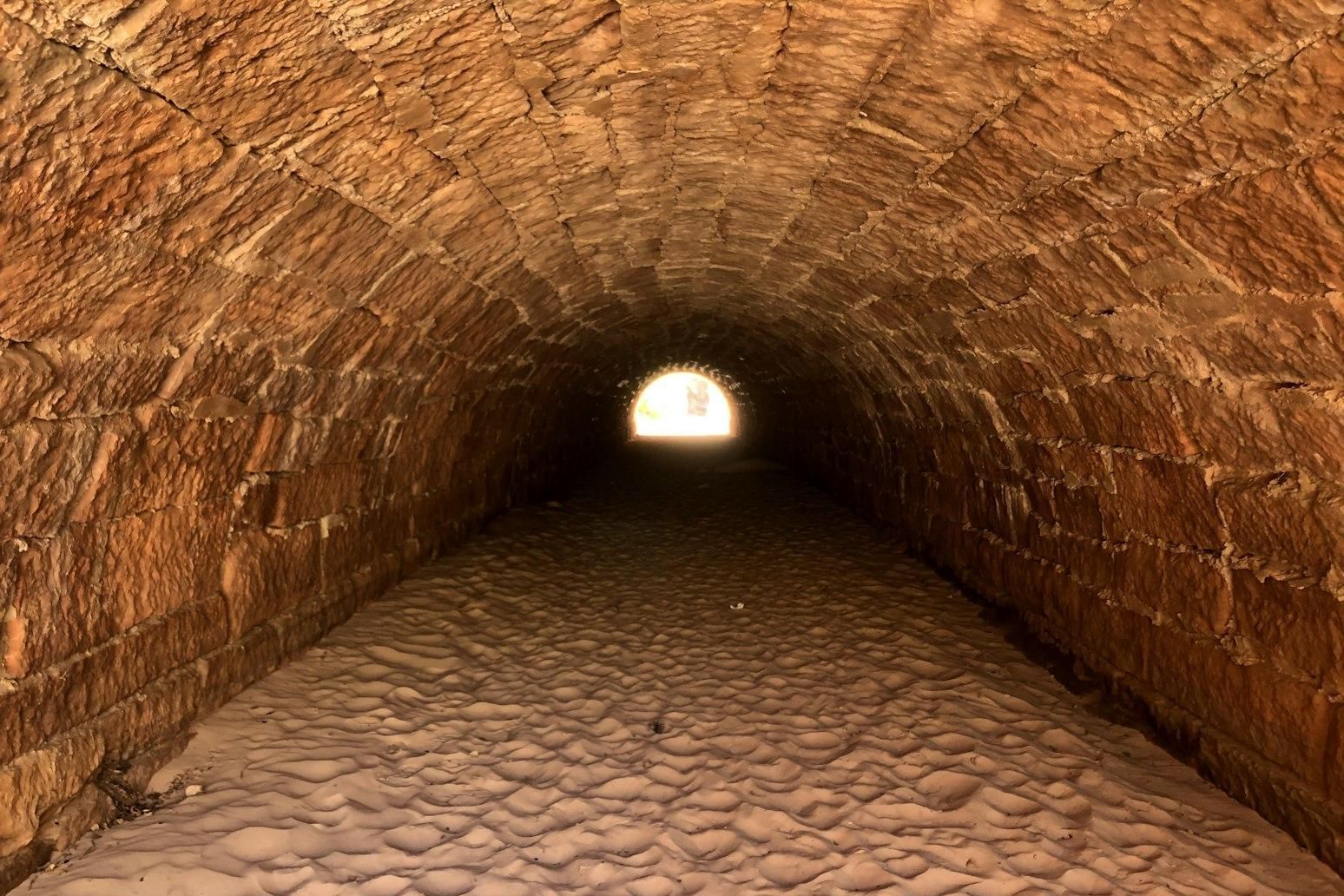 Credit: Tyler Mower
Credit: Tyler Mower
Imagine pulling off one of the biggest bank heists in California history—only to be spoiled by a pizza party. That’s exactly what happened in 1972, when a group of burglars spent weeks digging a tunnel into the United California Bank in Laguna Niguel. Their prize was staggering: about $9 million in cash, worth more than $60 million in today’s money.
For a moment, it looked like the perfect crime. But after the adrenaline wore off, the crew sat down to celebrate with pizza, leaving greasy fingerprints on the plates. Those smudges became the breadcrumbs that led investigators right to them, proving that sometimes the smallest slip can topple the grandest scheme.


